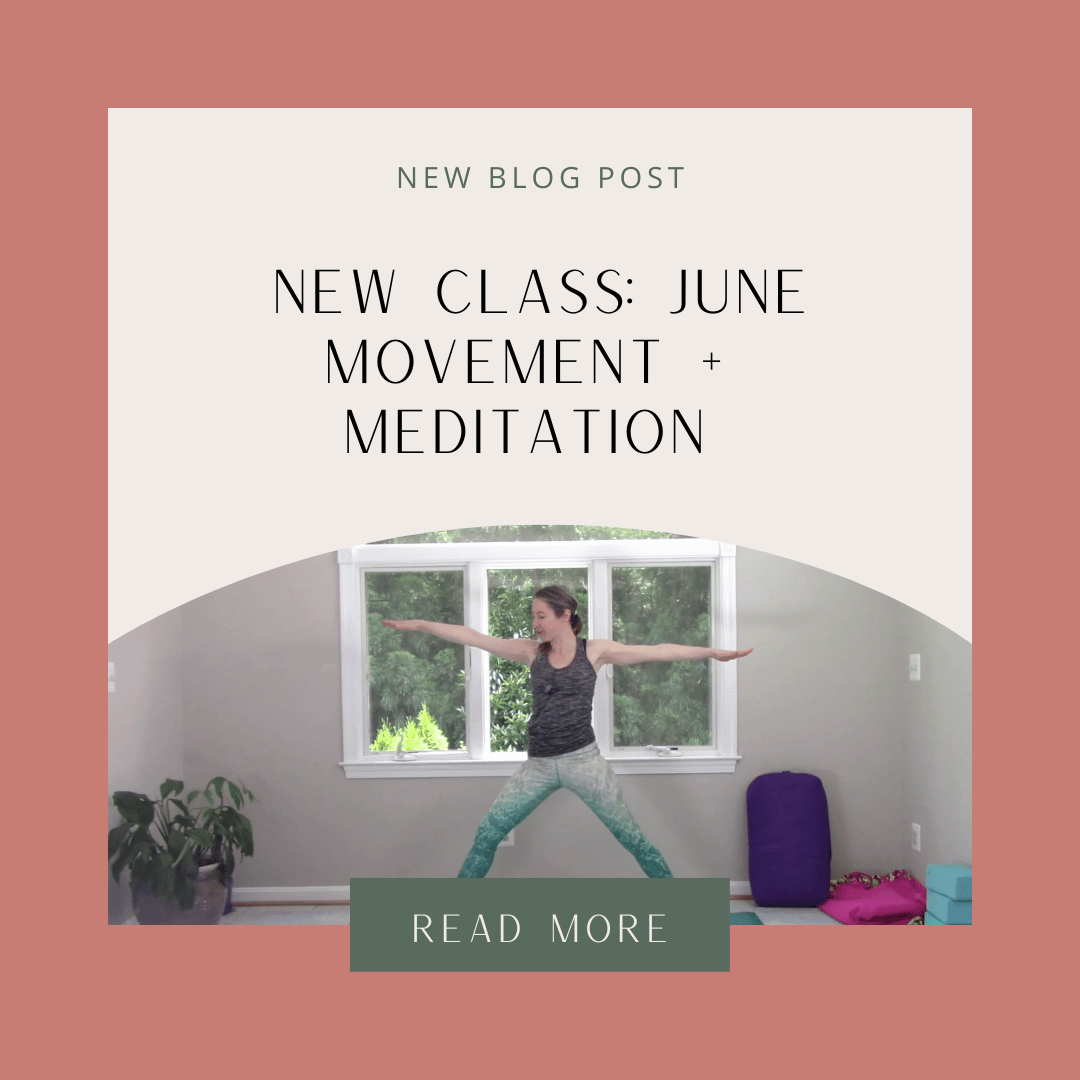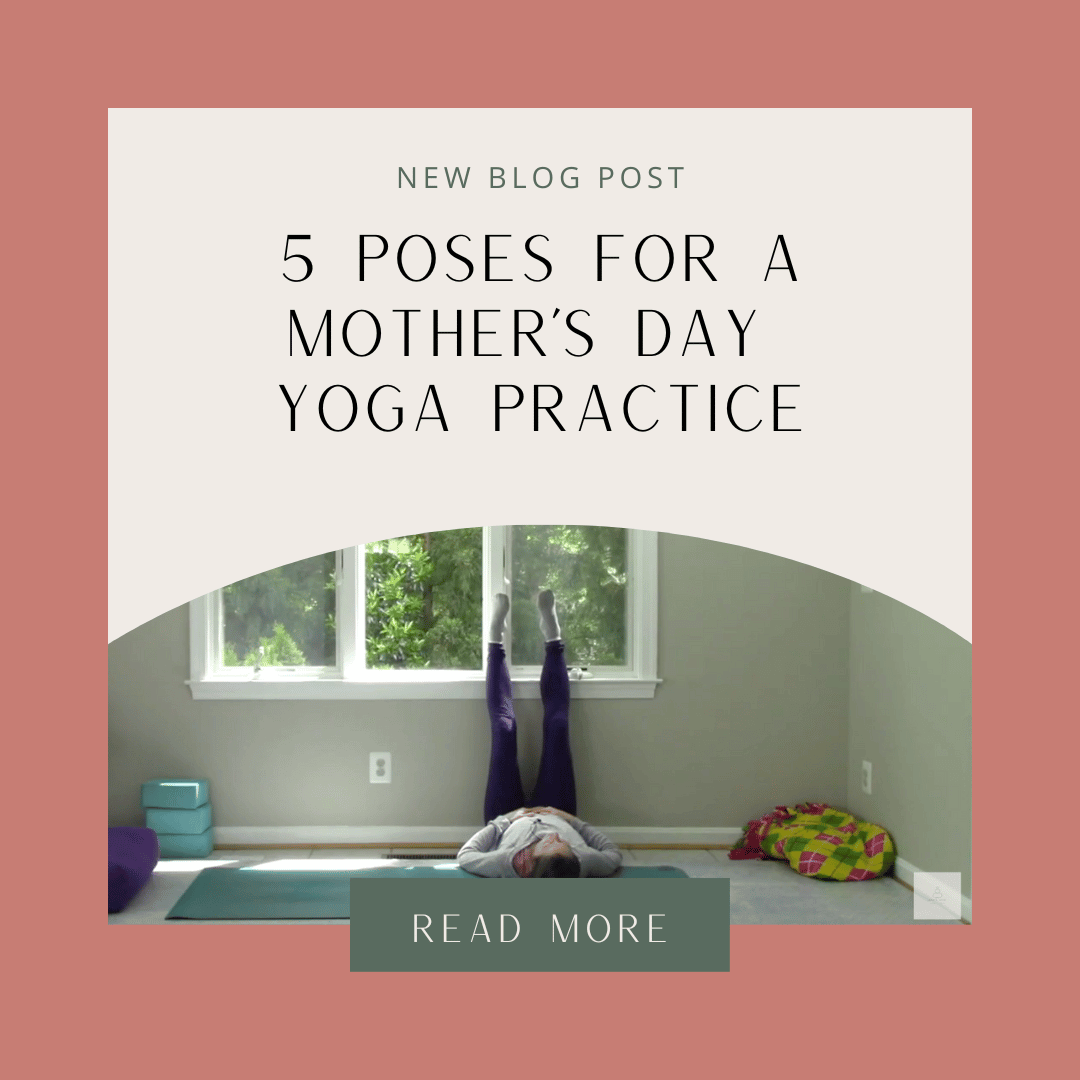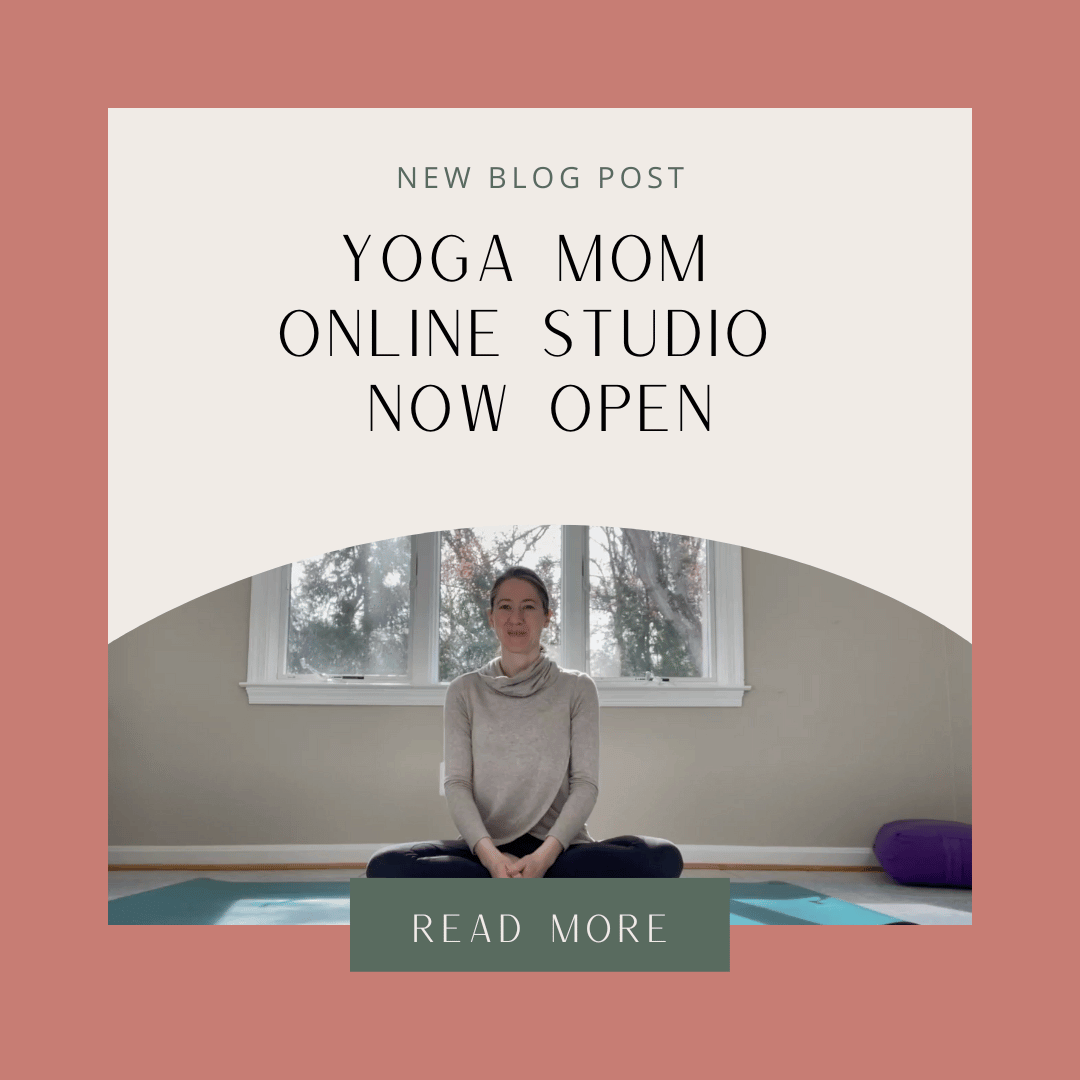There are more people then ever interested in learning about meditation these days. In a world where 40-hour work weeks are becoming obsolete in favor of 60- and 70-hour work weeks, when people are being laid off and fired and those who remain are expected to pick up the slack, and with digital interconnectedness making it easier then ever to access information that previously could have been impossible to find, it’s no wonder people are clamoring for ANYTHING that will help them feel more focused, calm, and at peace.
In the classical 8-limbed yoga path, the last few steps are the ones we must look to if we really want to reap the benefits of focus, concentration, and meditation.
Where to start and how to progress
In an asana, or posture, practice, you may hear instructors talk about focus and concentration. There’s a Sanskrit term called drishti that refers to a single-pointed focus that can be helpful in balancing postures. The idea is that you look at one point that is unmoving and focus all of your attention and awareness to that one point so that your mind and other external stimulus can’t distract you.
The breath is another tool we use in posture practice to help us focus our attention. The hope is that through focus, we can begin to tame the monkey mind.
As a quick review, the 8-limbed yoga path contains the following steps:
- Yamas (how you interact with the world around you)
- Niyamas (how you interact with your self)
- Asana (posture)
- Pranayama (breath)
- Pratyahara(withdrawal of the senses)
- Dharana (concentration)
- Dhyana (meditation)
- Samadhi (enlightenment)
Relaxation
Asana, Pranayama and Pratyahara are all helpful practices to engage to help us relax. But relaxing isn’t meditating. There is a difference between your body being relaxed and your mind being relaxed and there is an even more subtle layer between your mind being calm and your mind being attached to your experiences.
It is important that we incorporate relaxation into our yoga practice because we need to be able to relax the body and mind before we’re able to access more subtle layers of our Self. If we are not relaxed, we’ll have a really hard time focusing. And without focus, it will be impossible to withdraw our senses inward. If we can’t withdraw our sense inward, we’ll have a hard time ever grasping meditation.
Everyone relaxes in different ways, but posture can be effective in achieving a relaxed state. As long as the posture is easeful and not mixed with too much effort and power, posture practice can leave us with a relaxed body and mind.
Calming activities like reading, watching TV, massage, writing, spending time with family or friends, or being in nature can help us release tension from our muscles as well. This is exactly why I favor a definition of yoga that is more wholistic and looks beyond physical postures.
Concentration
Once you do find relaxation, which by the way, can be very challenging for some of us (like me), you’re able to begin a practice in concentration (which is interchangeable with focus, as referenced above, but here, I’m talking about a more formal practice of concentrating). I remember growing up concentration was my favorite card game – the one where all the cards are arranged facedown and you had to flip over two cards to see if you get a match. Any practice that helps work your brain can be a concentration exercise.
Keeping your mind focused on one thing is a concentration exercise. Focusing on an object or on your breath can be a practice in concentration. Focusing on a mantra can be a practice in concentration or listening to the same sound over and over again can help you focus.
This is the one place where people get the most confused with the difference between focus/concentration and meditation. Sitting on a cushion and focusing on your breath is not meditation. It’s concentration.
This isn’t to say it’s not an extremely helpful practice, because we all need more brain training to help us focus and single-task so that we can remain more present in every moment. And this is a step on the path toward meditation, but it’s not quite meditation yet.
In yoga, you reach meditation when you are able to sustain concentration on one object for so long that you move beyond the object, sound, image, mantra, etc. that you’re focusing on.
Meditation
Meditation is hard to instruct because it’s unknowable within the construct of language. There is no way to cue a person into meditation.
Hold on for a moment because I’m about to get completely esoteric.
Meditation can be frustrating because we never really know if we’re doing it right. We sit again and again hoping something will happen and become more and more frustrated that we can’t “quiet our mind.” We ask ourselves the question more then once “why am I sitting here looking like a fool and pretending that I can do this thing day after day with no result?”
Then, one time, something clicks and you have an experience and you’re not sure what happened and you can’t explain it or describe it, but you want more of that. Then, every time you meditate you’re trying to get back to that experience again. Or course, this defeats the purpose because we need to let go of striving to get where we’re trying to go. When we got there the first time, there was no striving to get there because we didn’t have a concept of where or what there was. Once we experienced it, then we’re always trying to get back there in a way that didn’t get us there before. So in a way, meditation is all about letting go of the concentration.
And yet, meditation presents a paradox (all of yoga is a paradox, really). At the same moment that you’re letting go, you’re also allowing everything in. You’re connecting to everything, becoming a part of everything, and experiencing everything all at once. You’re remembering how divinely connected to source you are, whatever that source is to you. Focusing on one thing helps you get there, but it can’t take you there. You have to go there on your own.
Meditation can’t be taught because you can’t “do” meditation. You can only set up the parameters and be open to experiencing it. The parameters to set up the experience include relaxation and concentration.
Sometimes it takes years of relaxation and concentration practice before we’ve shed enough grime and dirt and dust to be open enough to get a glimpse of our True Self. The years of sitting and feeling like we’re not getting anywhere will finally pay off.
Meditating in a community can be very powerful and some may argue gets them closer to a meditative state because they feel safer and more supported in a group environment. Others prefer the serenity of stillness and being by themselves. It’s a very personal practice with many flavors.
Resources
I can honestly say that I’ve only ever experienced tiny glimpses of meditation. That’s why I’ll continue to sit and relax and focus every morning knowing that each moment I’m getting a little closer and at the same time releasing the desire to get anywhere at all.
All of this leads to peace.
Yoga Nidra is a great practice to help you “go there.” In yoga nidra you practice relaxation, concentration, and there is time at the end to move into meditation.
If you want to practice relaxation, check out these videos.
If you want to practice concentration, try these videos (they’re called meditations, but if I want to drink my own medicine, they’re really concentration exercises with different points to focus on).
Let me know how it goes!





